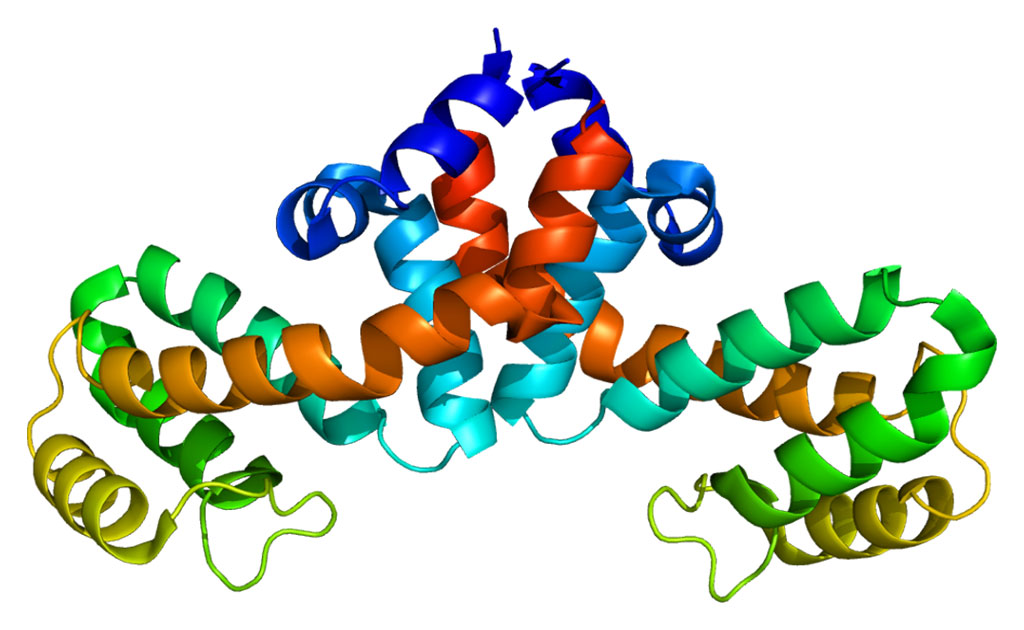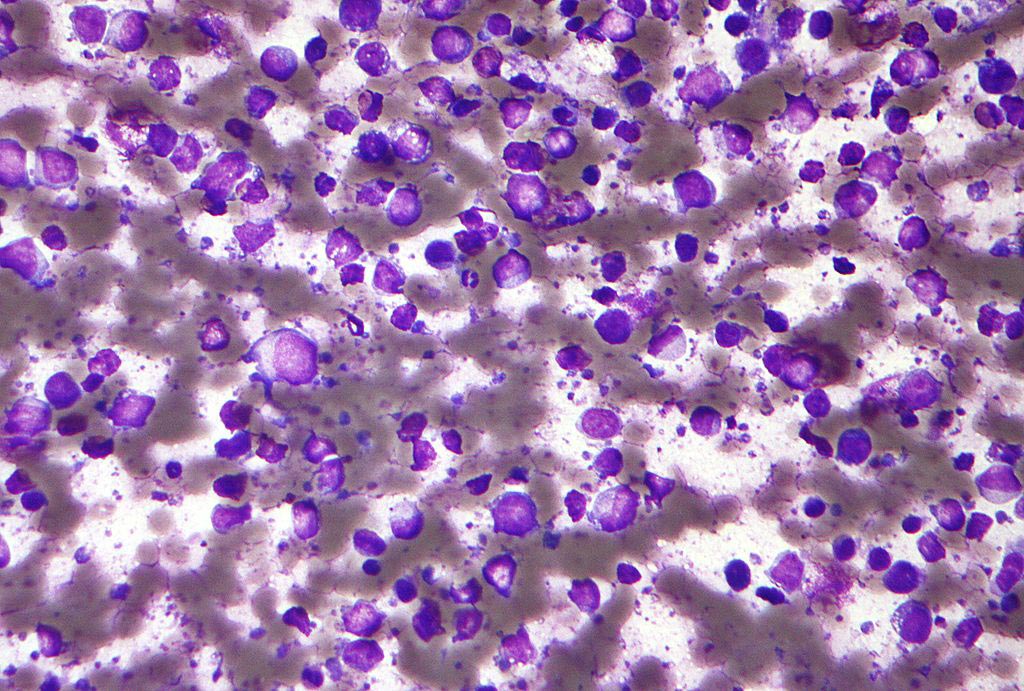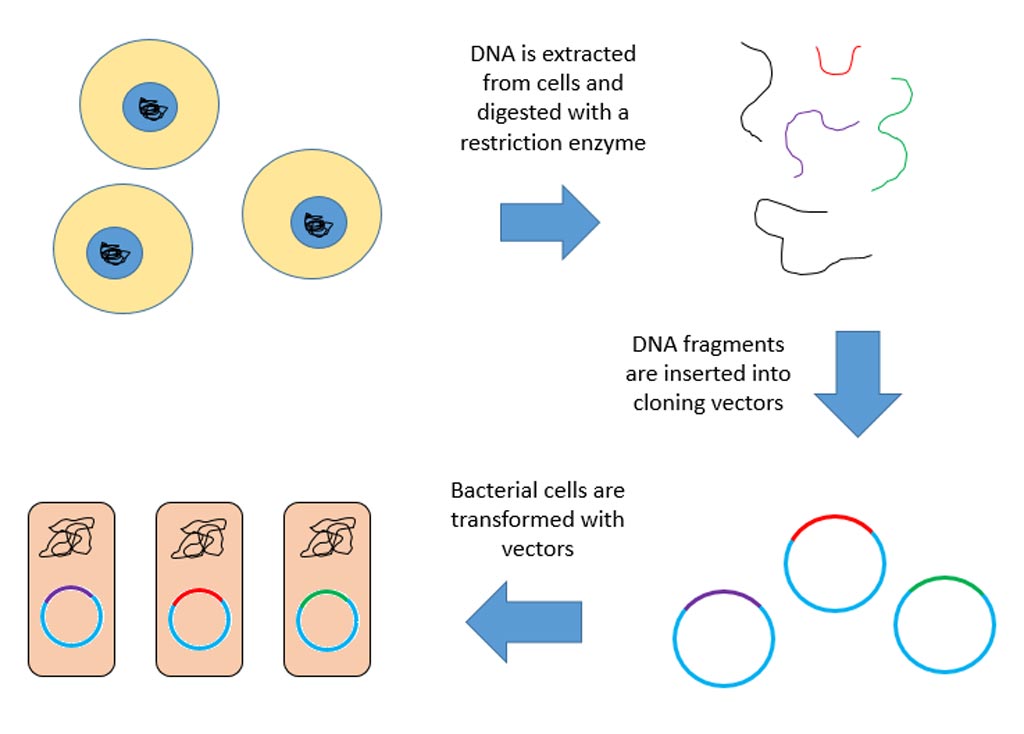Ultrasound and Microtubules Successful at Penetrating the Blood-Brain Barrier
By LabMedica International staff writers
Posted on 02 Apr 2012
One of the most complex elements of treating brain disorders is the blood brain barrier (BBB), a blockade of cells that prevent both destructive toxins and useful pharmaceutical agents from getting to the body’s control center. However, a technique that uses a magnetic resonance imaging (MRI) scanner to guide the use of microbubbles and focused ultrasound to help therapeutic drugs enter the brain, which may open new treatment avenues for devastating disorders such as Alzheimer’s disease and brain cancers. Posted on 02 Apr 2012
“It’s getting close to the point where this could be done safely in humans,” said author of the study, Dr. Meaghan O'Reilly, a research engineer/physicist from Sunnybrook Research Institute (Toronto, Ontario, Canada), “there is a push towards applications.” The study’s findings were published March 13, 2012, in the journal JoVE.
The current approach of disrupting the BBB is by using osmotic agents such as mannitol, which draw the water out of the cells that form the barrier, causing the gaps between them to get larger. Unfortunately, this technique opens large areas of the barrier, leaving the brain exposed to toxins.
The advantage of the microbubble technique is that it can be used on a very small area of the BBB. The microbubbles, comprised of lipids and gas, are injected into the blood stream. When focused ultrasound is applied, the bubbles expand and contract. It is thought that the force of the movement in the bubbles causes the cells that form the BBB to temporarily separate, which allows agents to reach the brain.
“Microbubble technology has been around for years, though its applications have mostly been as contrast agents for diagnostic ultrasound,” said JoVE editorial director, Dr. Beth Hovey. “This newer approach, using ultrasound to help the bubbles permeablize the blood brain barrier, will hopefully allow for better treatment of diseases within the brain.”
In this method, Dr. O'Reilly and her colleagues use the MRI machine to ensure that the barrier opens, and they can also time how long it takes for it to close, which will be important for when the technique is used on patients. “The ability of focused ultrasound combined with microbubbles to disrupt the blood brain barrier has been known for over a decade. However, because the actual technique can be challenging--there are critical steps involved--the [study] fills a gap in the literature that is a major hindrance to people getting into the field,” she said.
Related Links:
Sunnybrook Research Institute













